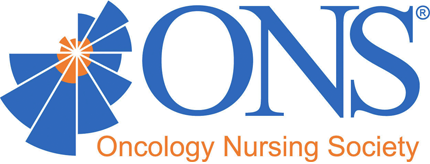ONS Website Maintenance Scheduled for May 13-17
Starting at 12 pm EDT on May 13th, content on this website requiring login access, as well as on ONS.org, ONCC.org, and ONSFoundation.org, including courses, will not be available.
Members Only
Access to this article is restricted. Please log in to view the full article.

